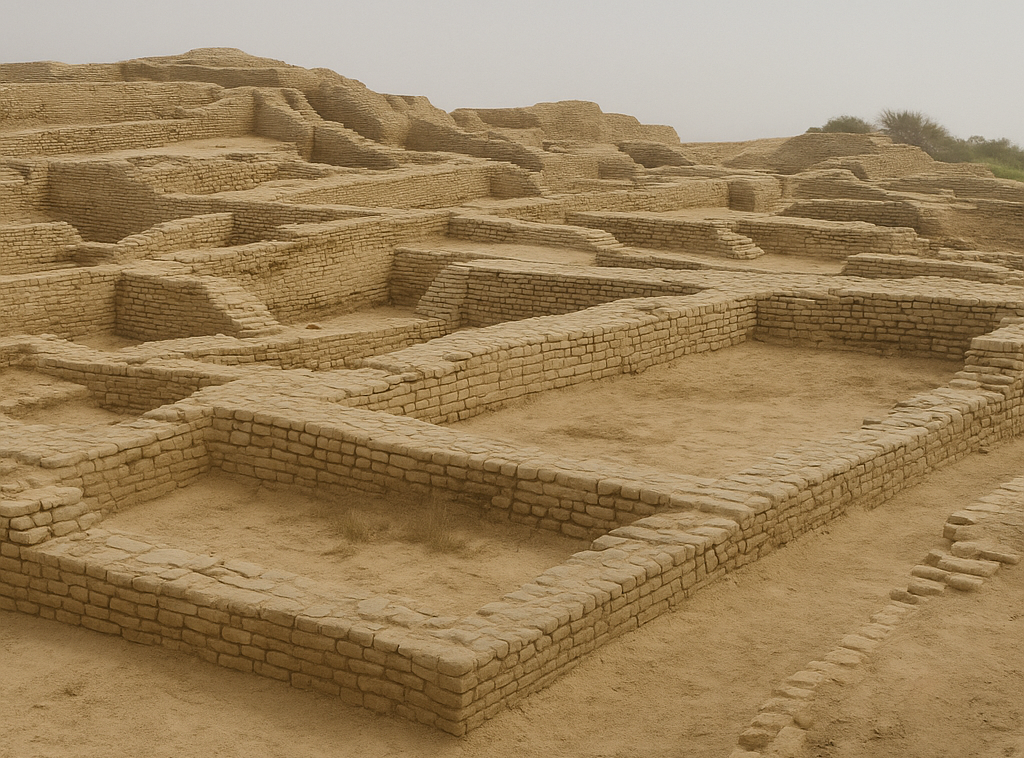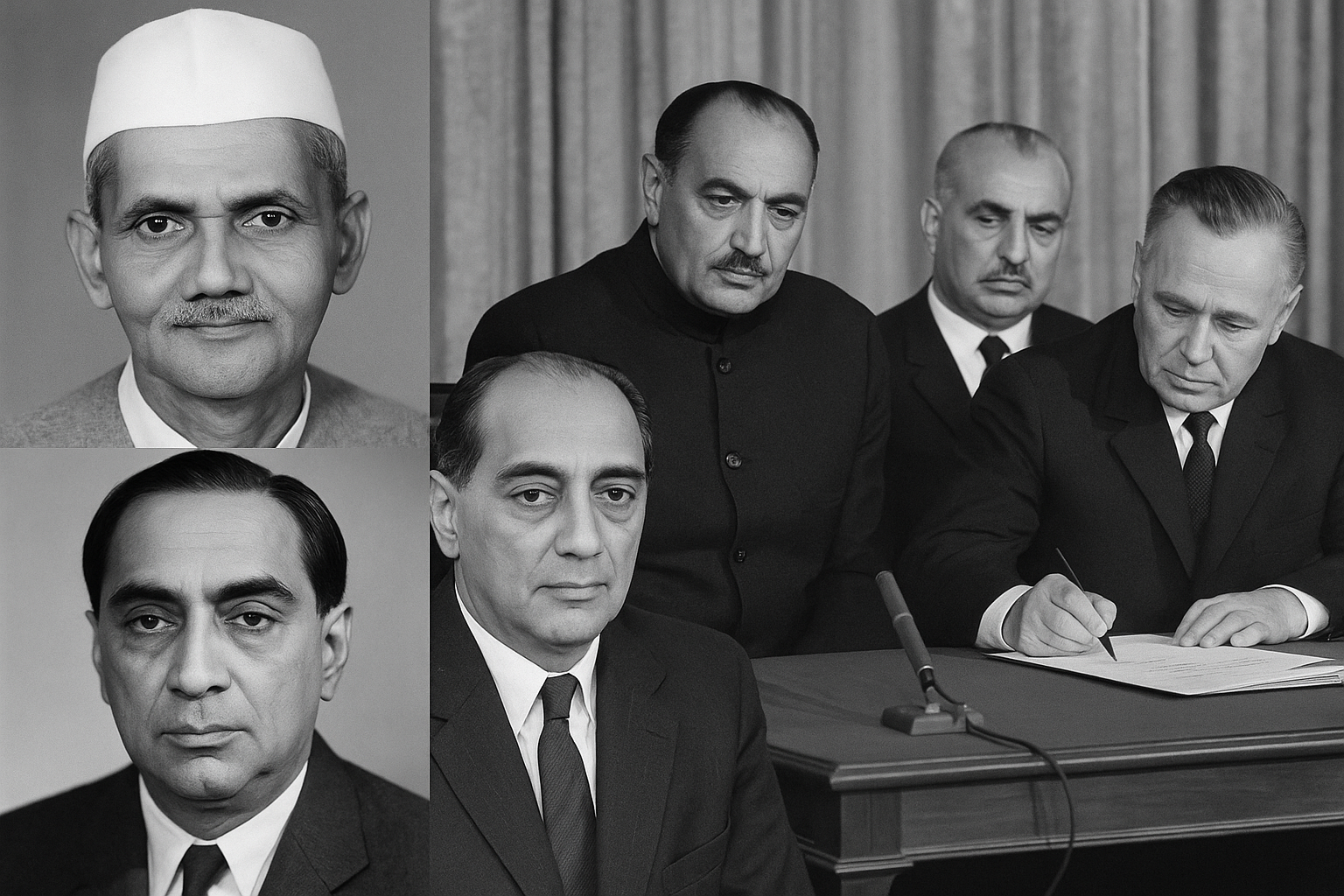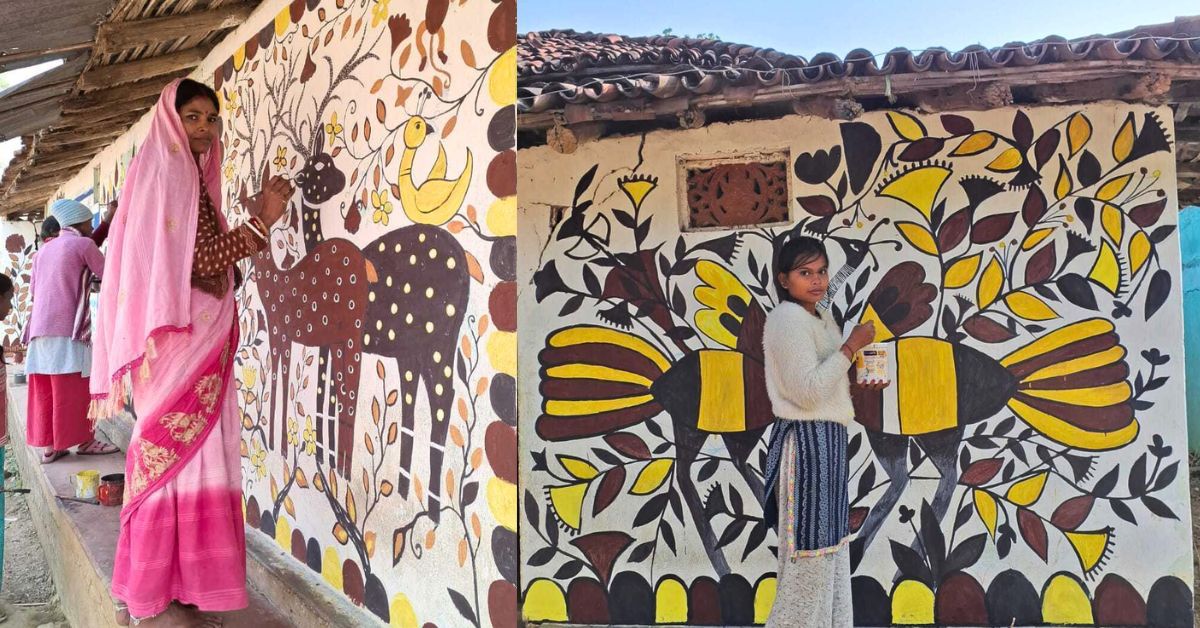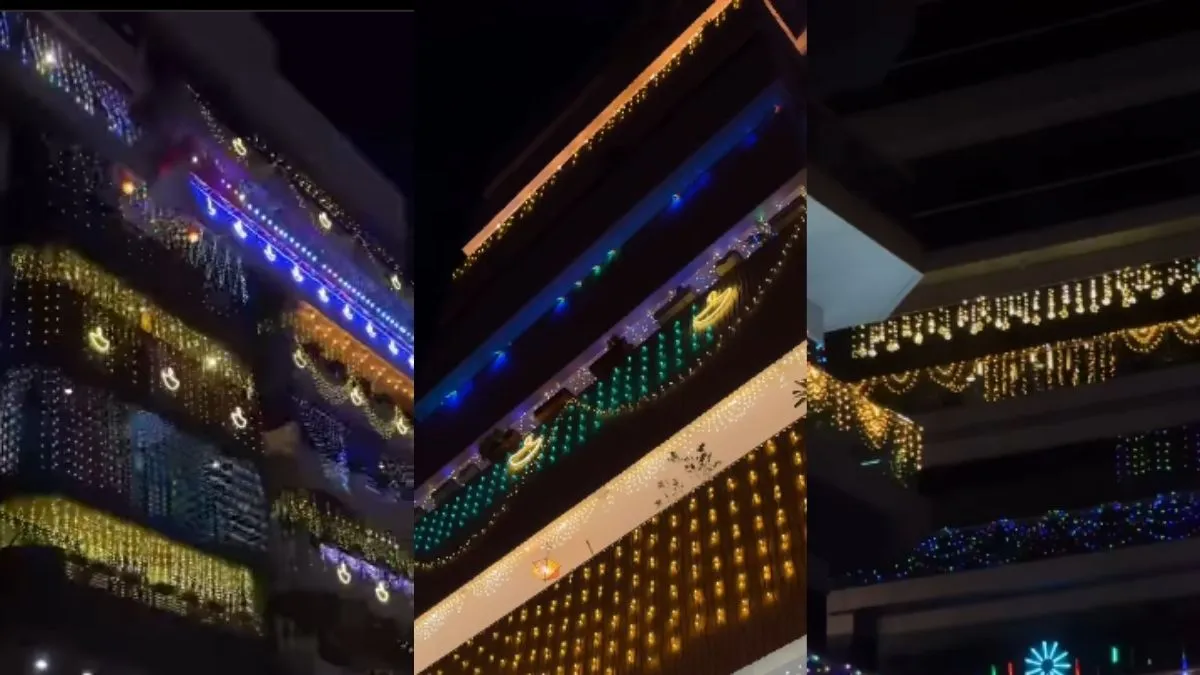Even after 100 years since its discovery, the Indus Valley Civilisation still remain an elusive mystery because off its indecipherable script that continues to baffle and challenge the world.
The Indus Valley Civilisation is once again on centerstage, creating fresh ripples of sensation. This follows a recent offer of USD one million by the Tamil Nadu Chief Minister, NK Stalin, to anyone who can decipher and lay bare the hidden mysteries of the Indus Valley script.
Even after 100 years since its discovery, the Indus Valley Civilisation still remain an elusive mystery because off its indecipherable script, that continues to baffle and challenge globally the combined knowledge and expertise of archaeologists and the world at large.
Speaking at a recent function in Chennai to mark the centenary of the Indus Valley Civilisation’s discovery, the Chief Minister said: “All attempts to decipher the script of the Indus Valley Civilisation thus far have failed. Archaeologists, Tamil computer experts and linguists across the world have been unable to make any headway. To encourage the research, the government has decided to offer one million U dollars, to anyone who can decode the script”.
Striking similiarities of Keeladi findings
The announcement assumes greater significance when viewed against the backdrop of archaeological findings at Keeladi. Many of the artefacts found at the excavated sites there, particularly seals and potshards, bear a striking resemblance to Indus Valley artefacts.
The Chief Minister also announced a Rs 2-crore grant for setting up a chair in the name of noted archaeologist and epigraphist Iravatham Mahadevan.
The grant would facilitate continued research on the Indus Valley Civilisation, jointly by the State Department of Archaeology and the Indus Research Centre at the Chennai-based Roja Muthiah Library, he added.
Experts believe that the possibility of contacts and close connection through trade and commerce, between the people of the Indus Valley and those of the Tamil Nadu civilisation at Keeladi, in Sivaganga district, cannot be ruled out
Keeladi is a small hamlet in south Tamil Nadu, India, about 12 km southeast of the temple city of Madurai. It is located along the Vaigai river. The excavations here from 2015 prove that an urban civilization existed in Tamil Nadu in the Sangam age on the banks of the Vaigai river.
Amarnath Ramakrishna, the Superintendent Archaeologist who discovered Keeladi in 2015, has pushed the Sangam age to 800 BCE based on these archaeological findings.
It is a significant archaeological site revealing insights into the Sangam period (3rd century BCE to 4th century CE). Excavations have unearthed evidence of an advanced urban civilization along the Vaigai River, showcasing urban planning, trade, and industrial activities. Key findings include pottery with Tamil Brahmi inscriptions, spindle whorls indicating weaving, and evidence of a dyeing and glass bead industry.
Keezhadi, or Keeladi, is a Sangam period settlement site, where excavation are carried out by the Archaeological Survey of India (ASI) and the Tamil Nadu State Department of Archaeology. This site is located near the town of Keezhadi in Sivaganga district, Tamil Nadu, about 12 km southeast of Madurai. The settlement lies on the bank of the Vaigai River and it reflects the ancient culture of Tamil Nadu.
An archaeological survey was first conducted in 2013, by Archaeological Survey of India, in the vicinity of the Vaigai river from Theni district to Ramanathapuram district where the river meets the sea.
During the study, 293 sites, including Keezhadi, were identified to have archaeological residues. The first three phases of excavation at Keezhadi were conducted by the Archaeological Survey of India while the phases after that were conducted by the Tamil Nadu Archaeology Department.
Dating of site
At first, this site was estimated to be from the period between 5th century BCE and 3rd century CE. Two samples were sent for carbon dating from this excavation site for confirmation in 2017.
The results that came in July 2017 confirmed the fact that the samples were from about 2,200 years ago (3rd century BCE). Radiocarbon dating of samples obtained from the fourth phase of excavation revealed that one of the artifacts was from 6th century BCE.
Archaeological remains from Keezhadi excavation site. Archaeological remains from fifth phase excavation.
First phase
Between June 2015 and June 18, 2024, excavations at Keeladi were carried out in ten phases. The first three phases were carried out under the direct supervision of the ASI (Archaeological Survey of India) led by Amarnath Ramakrishnan.
Thereafter from the fourth phase onwards all excavations were held under the supervision of the Sate Archaeology Department of Tamil Nadu.
In the fourth phase between 2017 and 2018, 5,820 artifacts were excavated. In this phase of excavations, 72 potsherds with Tamil-Brahmi script were discovered at the site. Some of these artifacts have inscribed graffiti marks, similar to those which some believe may have evolved from the Indus script.
Tamil-Brahmi script and graffiti marks
According to T. Udhayachandran, the artifacts found at Keezhadi excavation site may point to a link between the scripts of the Indus Valley civilization and Tamil-Brahmi.
During the fifth phase more than 700 objects were found and these have been sent for testing. In the seventh phase launched on February 19, 2021 A 2600-year-old damaged clay lid, Tamil-Brahmi inscribed potsherds, bone tip tools, terracotta spheres, copper needles, were found in this phase.
Major findings in the eighth phase were Ivory gamesman, Iron knife, antimony rod, and copper pendants. In the 9th phase begun on April 2023, weighing units made of crystal quartz, a snake figurine made of terracotta, 26 burial urns, carnelian beads in one of the burial urns. Around 183 antiquities were found including copper coins, and hopscotch pieces.
Keezhadi was initially chosen by Amarnath Ramakrishnan and his team at ASI in a search along the banks of Vaigai for the most promising site for a river bank civilization near Madurai and was chosen because of many nearby mounds.
Other sites near Keezhadi were jointly brought together with Keezhadi as the main site. The Keezhadi Cluster includes, Keezhadi, Agaram, Manalur, Konthagai (a burial site) and Pasiapuram.
The offer made by the Tamil Nadu Chief Minister has piqued sufficient curiosity and interest. But it remains to be seen whether anyone can crack the code of the Indus Valley script.
The Rosetta Stone
Were it not for the Rosetta Stone found by British soldiers, the riddle of Egyptian hieroglyphics may have continued to elude answers to what lay behind those baffling signs and symbols.
The Rosetta Stone was originally carved around 196 BCE. The text on the stone was written in three different languages to make it comprehensible for a wider audience. The stone presumably served its purpose at the time that it was first carved, but it was then lost to time.
In 1799, nearly two thousand years after the stone was first written, it was rediscovered by Napoleon Bonaparte’s army in Egypt. Some of the army’s engineers excavated the stone near the town of Rashid, also called Rosetta. The British took possession of the Rosetta Stone in 1801 after defeating the French forces in battle.
It took scholars two and a half decades after the stone was found before they were able to produce a functional translation of the hieroglyphic script.
The three languages on the Rosetta Stone are Egyptian hieroglyphics, Demotic script (which is also Egyptian), and ancient Greek. Greek was the language of government, hieroglyphics the writing of priests, and Demotic the writing of everyday people.
But since no such similar stone exists to unlock the secrets of the Indus Valley script and perhaps open up vital leads to the findings at Keeladi, it is anybody guess how long the world may have to flounder in darkness seeking answers to the Indus Valley script.









